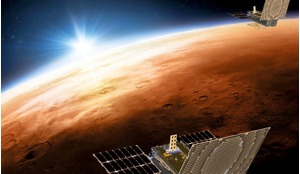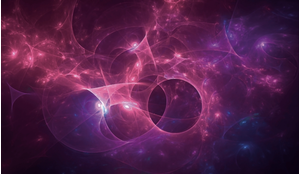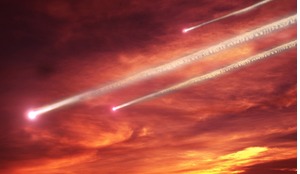The Russian Luna-27 mission, set for launch in 2025, will carry with it a European lunar prospecting instrument. The aim of the latter is to drill into the dusty lunar surface to uncover what resources future astronauts will have at their disposal when more permanent settlements can be established.
Our Moon has often been compared to an eighth continent. It is distant and yet we can see it on most days; its diameter corresponds to the distance from Madrid to Moscow; its surface is a bit smaller than that of Asia. While other continents are typically separated from ours by the water of oceans, the Moon lies amidst the void of space surrounding our planet.
Both hostile and fascinating, the lunar environment is a treasure trove for scientists as it preserves stories about the evolution of the solar system, including records of Earth itself: rocks ejected from Earth as a result of violent impacts can be found on the lunar surface, and pre-date the oldest terrestrial rocks found on Earth. But the Moon is fascinating not just for scientists: the recent discovery of interesting resources in lunar polar areas, in particular of water ice, has sparked visions for their utilisation. This may include the production of fuel for rocket stages, harvesting of water and generation of oxygen for astronaut life support, and other applications supporting a future human presence.
Therefore both scientists and engineers have supported the recent creation of new lunar exploration programmes, and the Moon as a target for science and exploration is set to become a new focus of international efforts. These will be based on initial robotic missions followed by significant exploration efforts including astronauts.














